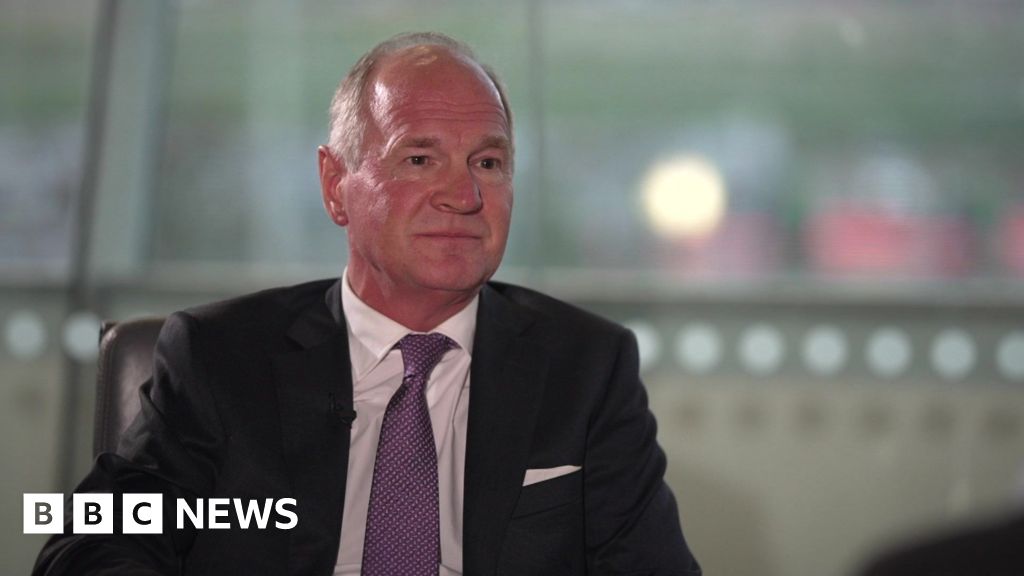The Financial Accounting Standards Board proposed an accounting standards update Tuesday to improve the accounting for purchased financial assets, including those acquired in a business combination.
The proposal stems from feedback received in response to the FASB’s credit losses standard, which the board issued in 2016. Since that time, FASB heard from stakeholders, particularly investors, asking FASB to reconsider the accounting for purchased financial assets.
Under current GAAP, if a purchased financial asset has experienced a more-than-insignificant deterioration in credit quality since origination, it’s accounted for under the purchased credit deteriorated model (referred to as PCD or the gross-up approach) with no credit loss recorded on acquisition.
Courtesy of GASB
If instead the purchased financial asset hasn’t gone through a more-than-insignificant credit deterioration since origination, it’s accounted for in a way that’s more in keeping with an originated financial asset (referred to as non-PCD accounting). Under non-PCD accounting a day one credit loss is recorded along with any credit discount reflected in the fair value of the acquired assets.
Investors and preparers told FASB that having two accounting models for purchased financial assets is unnecessarily complex and they’d like to apply a single accounting model to recognize credit losses for all purchased financial assets. They pointed out that assessing whether credit has deteriorated since origination is subjective and inconsistently applied, and that can lead to comparability issues and reduce the decision usefulness of financial information. On top of that, they were concerned with the non-PCD accounting model and the requirement to record a day one allowance along with any credit discount reflected in the initial fair value.
The proposed update aims to address these concerns by requiring that all acquired financial assets, with some limited exceptions, would follow the existing gross-up approach.
FASB is asking for feedback on the proposed update by Aug. 28, 2023.
“When you think about cost benefit, it is an important part because at the end of the day, our mission and our focus is to provide the best information to make for investors to make capital allocation decisions,” said FASB chair Richard Jones during an accounting conference earlier this month at the University of Southern California’s Leventhal School of Accounting. “But there is a cost benefit trade-off because ultimately, those costs are borne by investors that are borne by the investors in that company, so it’s something they have to think about. While we don’t have a mathematical calculation of a cost benefit, we do go through that process. I would emphasize that costs aren’t isolated to one stakeholder. In other words, costs aren’t simply viewed from a preparer perspective. There’s also a cost from an investor perspective. There are also benefits from an investor as well as a preparer perspective and we look at all those. Now each board member may weigh those costs and benefits slightly differently. But ultimately, the conclusion as to how we weigh those costs, benefits are included in our basis of conclusion on any finalized standard.”
Credit: Source link










